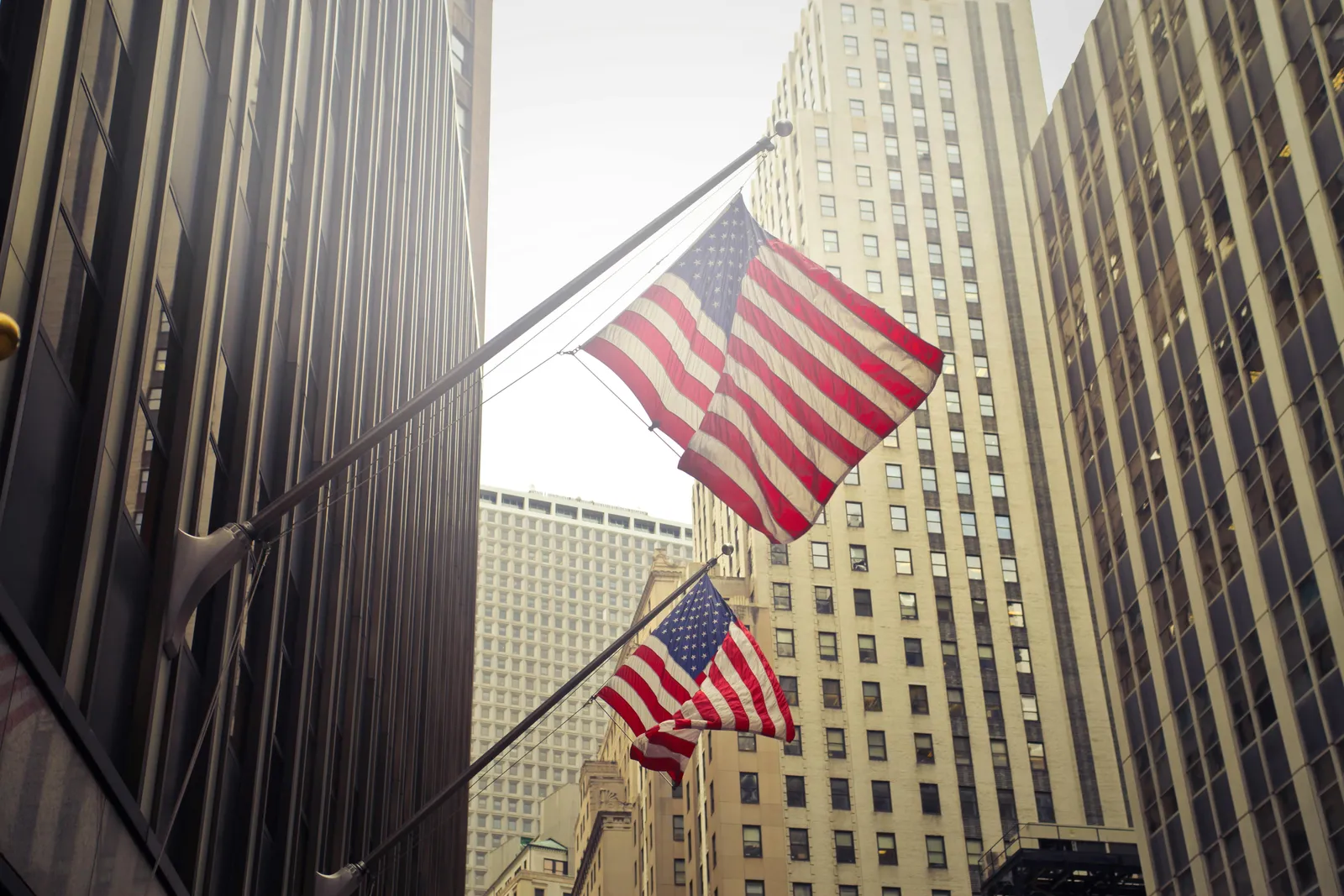

Почему снижается ликвидность фондового рынка США
2 апреля 2025
Аналитика
2 апреля 2025
Причины долгосрочного снижения ликвидности
Ликвидность на американском рынке снижалась в течение многих лет, в том числе — из-за ужесточения регулирования и роста автоматической торговли, отмечает Bloomberg. Но сейчас неопределенность с торговой политикой Трампа еще сильнее ухудшила ситуацию.
После кризиса 2008–2009 годов в США и Европе (и не только) начали принимать законы, в частности в сфере регулирования банков. Правила, требующие от финорганизаций увеличения буферов капитала и ограничения на собственную торговлю, привели к тому, что банки резко сократили свою маркет-мейкерскую деятельность. Внедрение электронных торговых платформ и растущее использование автоматизированных расчетов для компьютеризированных торгов также сделали ликвидность рынка менее предсказуемой.
Ситуация на рынке в 2025 году
С начала 2025 года проблема спада торговой ликвидности на фондовом рынке США стала для институциональных и розничных инвесторов еще более актуальной. Рост ожидаемых транзакционных издержек по покупке или продаже американских акций и деривативов связаны не только с увеличением волатильности, но и спада торговой активности со стороны активных участников рынка. Среди основных причин падения глубины рынка (market depth) и роста волатильности, чаще всего упоминаемых в недавних аналитических материалах, — опасения инвесторов из-за негативного влияния тарифных войн на прибыли американских компаний. А также рост неопределенности относительно состояния мировой экономики и воздействие торговых программ, склонных дополнительно увеличивать рыночную волатильность при ее росте.
Это явление можно наблюдать на примере пары широко отслеживаемых показателей ликвидности. Ликвидность во фьючерсах на фондовый индекс S&P 500 в конце марта находилась на двухлетнем минимуме, свидетельствуют данные Deutsche Bank. Пятидневное скользящее среднее значение индекса ликвидности Citigroup, который рассчитывается на основе объема торгов фьючерсов на S&P 500, также находится вблизи самого низкого уровня за последние два года.
Существует и другой немаловажный фактор — недостаток числа активных участников рынка, готовых предоставлять ликвидность во времена рыночного стресса. Во многом это связано с тем, что сохраняется популярность пассивных инвестиционных фондов, имеющих ряд ограничений на то, когда и как они могут торговать. На фоне падающей ликвидности отдельных акций инвесторы стали более активно покупать американские биржевые инвестиционные фонды, многие из которых следуют пассивным стратегиям на рынке акций. За первые два месяца 2025 года чистый приток в ETF, зарегистрированные в США, составил 114,8 млрд долларов.
Зачем это знать
Пока неопределенность на фондовом рынке сохраняется, важно учитывать различные факторы, которые влияют на динамику рыночной ликвидности. Инвесторы, имеющие существенную экспозицию на акции компаний средней и малой капитализации, должны помнить, что потенциальный выход из позиций может сопровождаться существенными денежными и временными издержками.
Поделиться



